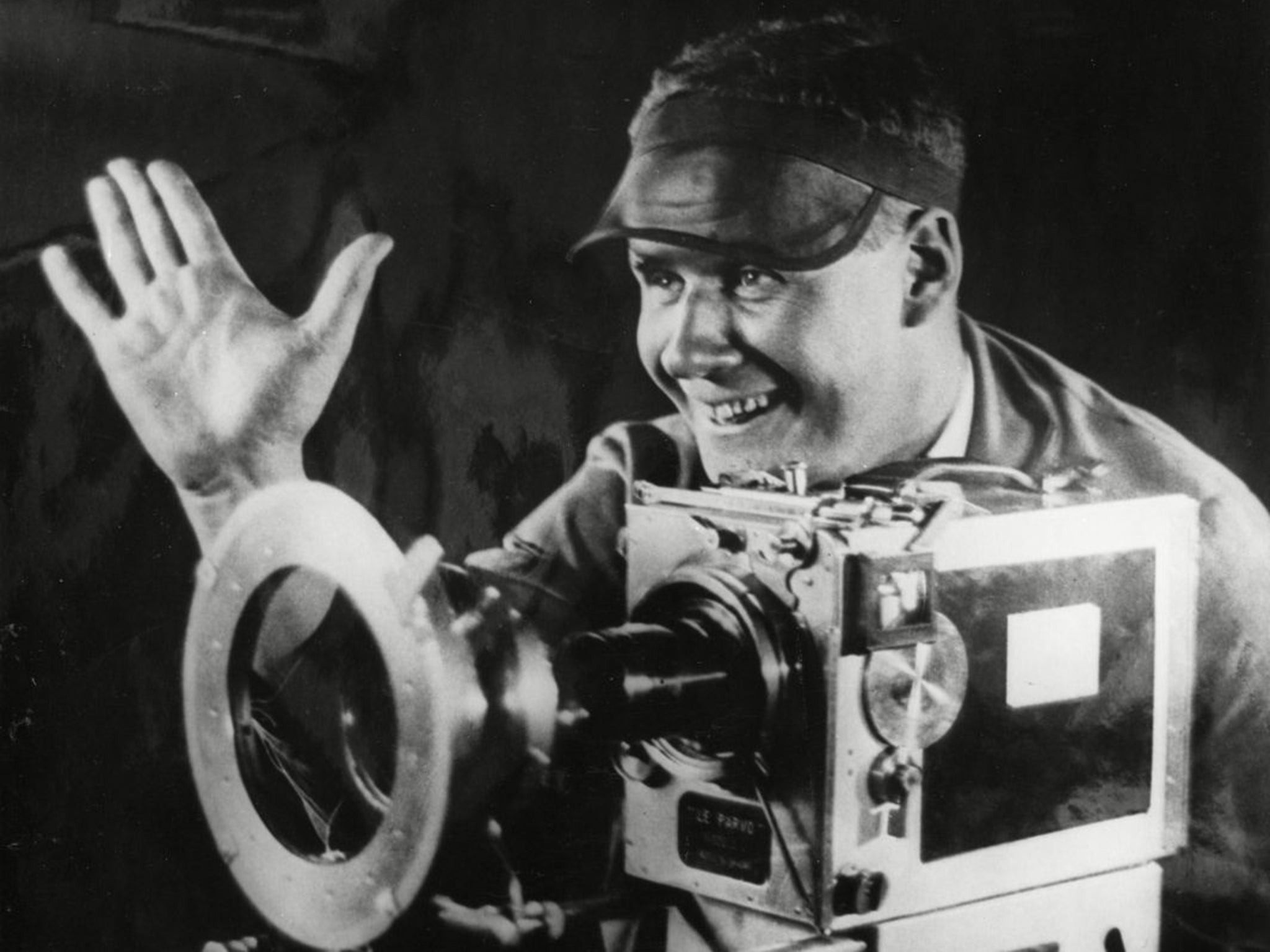
This is an Independent article on Sergei Eisenstein, written by Joe Sommerlad on January 22nd 2018, marking Eisenstein’s 120th birthday. It tells us about the significance of Eisenstein’s work in the 1920s, with his montage work being what he is best known for, especially Strike (1925) and Battleship Potemkin (1925) and how he influences directors in the 21st century. It gives the reader a brief insight into Eisenstein’s early life, which includes his birthplace, Riga, Latvia, and his studies of architecture at the Petrograd Institute of Civil Engineering before taking part in the Bolshevik Revolution before his arrival in Moscow in 1920 to concentrate on and practice his ideas and skills in theatre.
The article states that Eisenstein’s films were undertaken with political ends in mind, demonstrating to the soviet audience the “Obvious supremacy of Communist art and the might of the USSR as a political force” (quoted from the article).
There are a couple of David Borwell’s Basic Approaches that this source does not provide us with, such as the industrial or economic history of Eisenstein’s work and also the technological history, except one photograph of him with one of the film cameras, which is what we need to know in order to understand the full extent of Eisenstein and his work.
In order to use this source first-hand, I would look for the presence of all of Borwell’s Basic Approaches, as that would give us, as readers, a full insight on Eisenstein and his work. I would especially like to see a more detailed explanation of the effect his films had on his audiences during the lead up to WWII. There is also only a slight mention on his artistic techniques such as montage, which what he is famous for. More information on his techniques and how they are applied in his films.
Overall, this news article gives an adequate overview on Eisenstein and his work, providing interesting information on his life and work. There is more information given on his historical epics, Alexander Nevsky (1938) and Ivan the Terrible (1944 and 1958), which are his later works, instead of the films revolutionary films Strikeand Battleship Potemkin. The fact that this article was written so recently shows that Eisenstein is still a prominent figure in film and his legacy lives on in the modern day.
This is a solid response to this week’s task that is generally well-written (some minor typos and lapses in register aside) and mindful of the importance of using images to enhance your post.
The source in question is certainly of interest and you draw upon Bordwell’s five basic approaches to support your argument, even if you could be more specific here (for instance, as it outlines Eisenstein’s experiences in Mexico the piece can surely be construed as a biographical source?).
An issue is that the source is not necessarily a library one, even if it can be accessed through the library. This means that you were unable to say how it is presented in the catalogue for instance.
Overall you demonstrate awareness of Eisenstein as a historical figure and make some good points about the article’s lack of attention to montage.